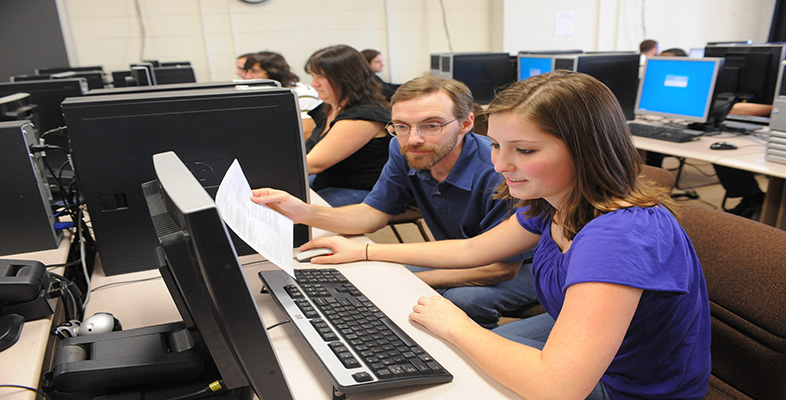5.1 How do people learn?
That seems a straightforward question, but you will already know from your work in producing teaching materials elsewhere that an answer is far from obvious.
Activity 10: take about two coffee breaks
If you work in a teaching context, ask a few colleagues the questions:
- How do you think people learn?
- What should we do as teachers to help that happen?
If you are not working in such a professional environment, you could ask the same questions of friends and especially parents of young children that you might know.
Discussion
Asking these questions in such a blunt way is likely to have elicited either a flippant response or maybe a cautious one along the lines of ‘Everyone learns in different ways. It depends who they are. I teach depending on the needs of the student.’ And so on. It is almost certain that your straightforward question did not get a straightforward answer!
All teachers, and parents for that matter, have a ‘theory’ of learning. It may link to formal ideas but is more often not something grand or grounded in careful research, but rather is a collection of day-by-day assumptions about what we, as teachers, should do to help those we are teaching to learn. New ideas about learning are developing and we need to test them against our knowledge of learner behaviour and the views we currently hold.
As you will probably know from your questioning of colleagues, the following are some views that people hold about how people learn:
- Knowledge and skills can be broken down into component parts and it is the teacher’s job to do this for the learner. The teacher then teaches each element and gives the student sufficient repetition until the learner can give a ‘positive response’ The student will generally receive the same instruction as everyone in the class, but if assessment shows that the student requires further help, then an additional programme with smaller steps over a longer time scale will be provided
- A learner constructs meanings by getting to grips with the particular problems in hand. Private problem solving is very important and a teacher should provide the necessary stimulus material and opportunities for the individual student to learn something new. A student will not progress without plenty of practice in the activities that have already been mastered. In particular, a child will only be able to ‘get’ an idea when they have reached a certain stage of maturity; the teacher’s job is to be aware of that and to decide when the learner is ‘ready’ to move on. Some learners are never able to ‘get’ certain ideas.
- All learners are educable and are helped in their learning by discussion and other social interaction, including with a more experienced learner or teacher. There is no fundamental difference between the learning of children and that of adults. Rather than waiting for a student to be ‘ready’ to learn, a teacher is finding out what the learner thinks in order to guide and support what the learner is trying to do next. By talking with the teacher, and obtaining other support, a learner is able to grasp ideas and new understandings that they could never arrive at on their own.
These very brief summaries relate to the three main traditions of learning theory: behaviorism, Piagetianism and social constructivism.
